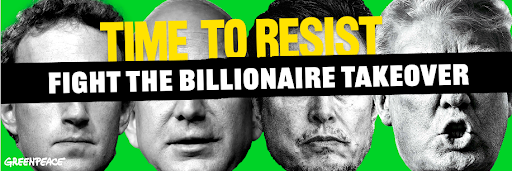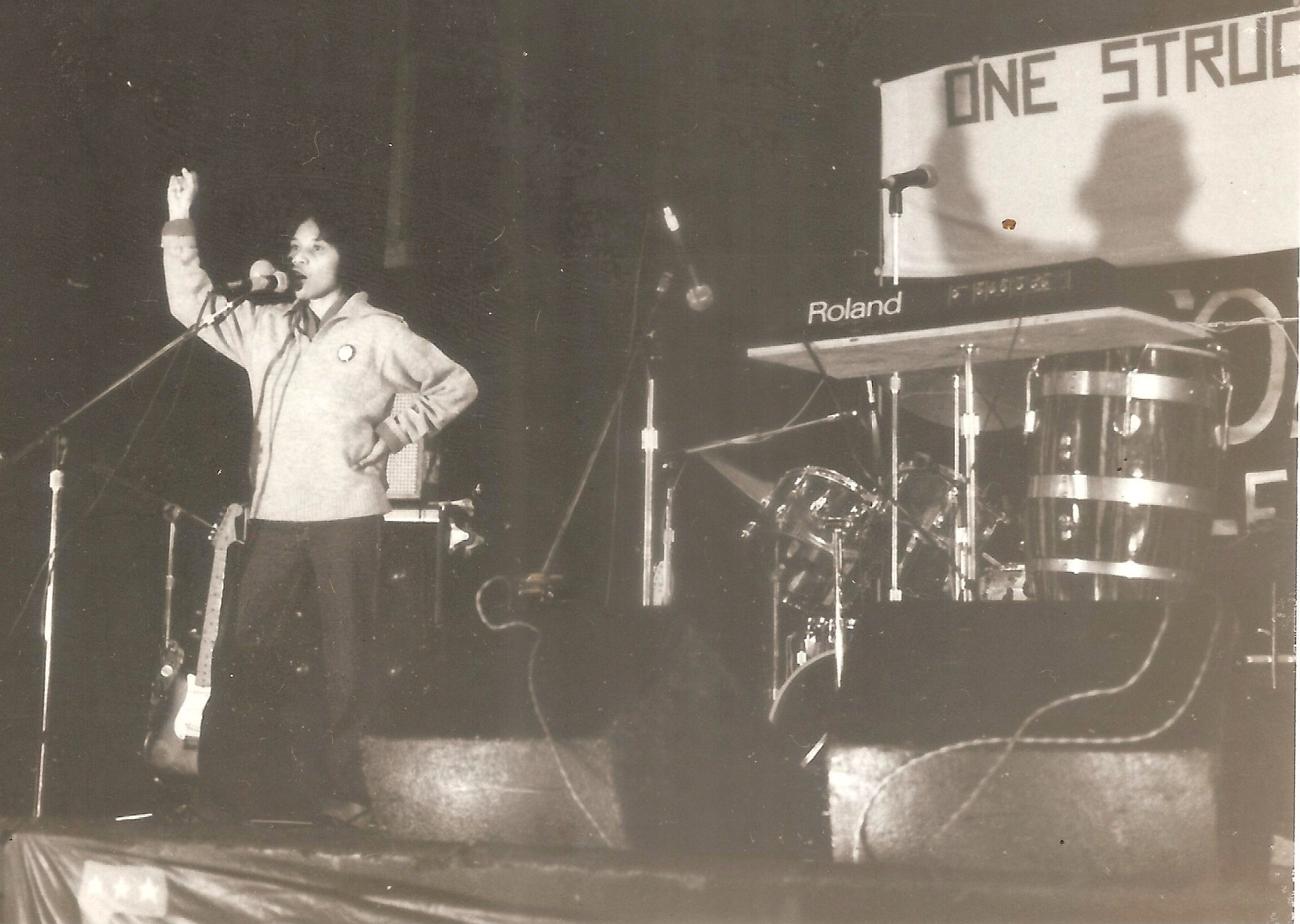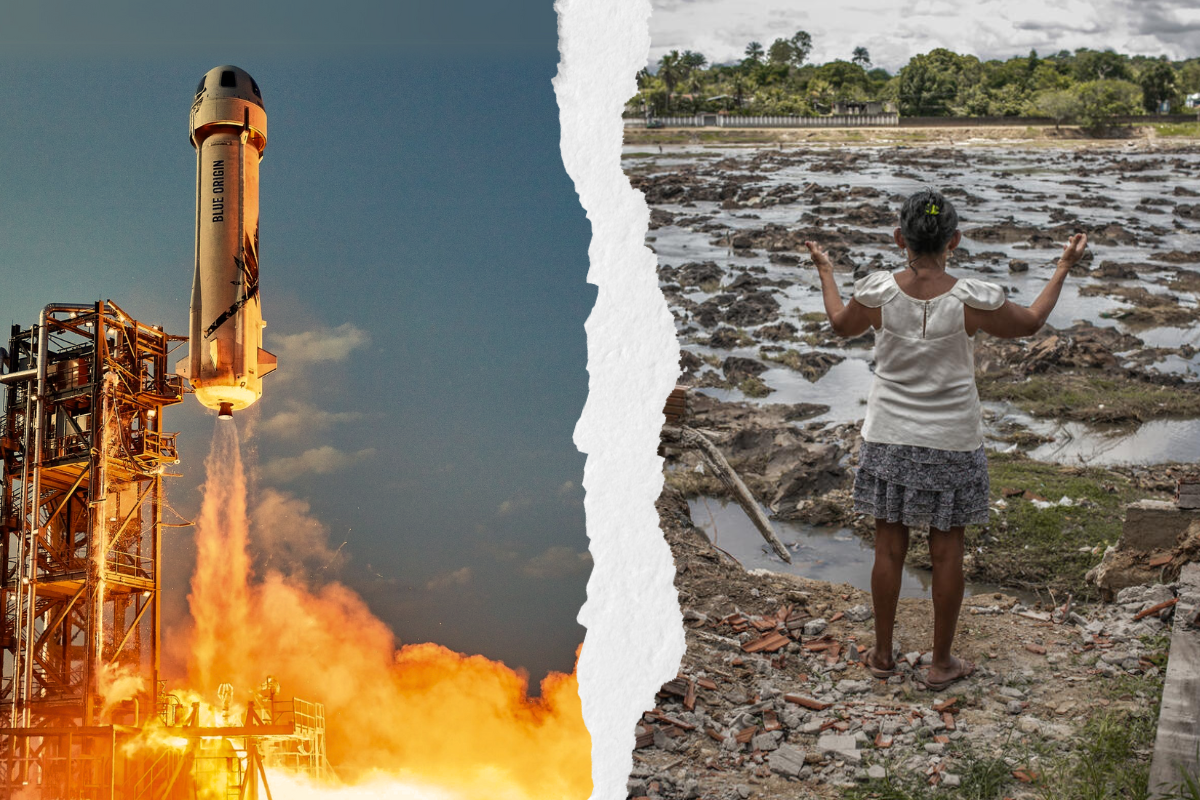When it comes to climate impacts, it’s women who are more severely affected. But it’s this injustice that’s empowering women, bringing them together, and lifting them to the forefront of the climate justice movement.
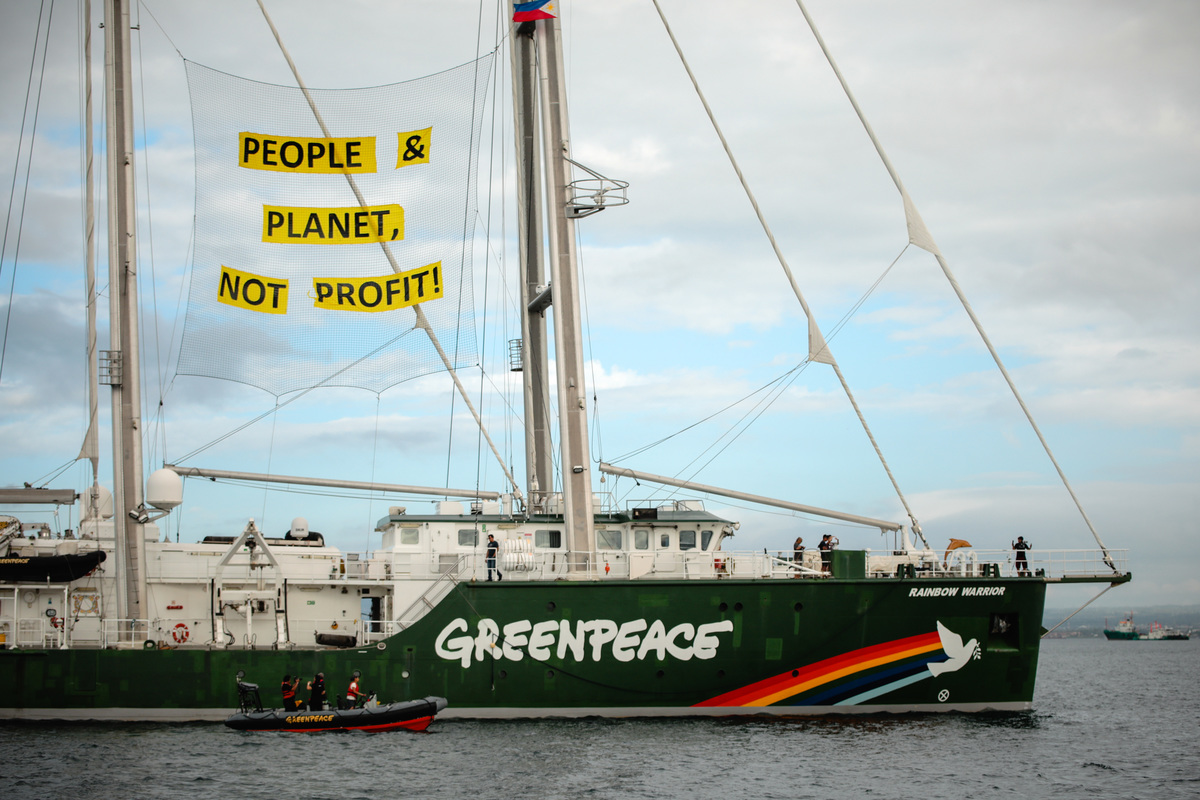
Rainbow Warrior sails through Guimaras for the “Balangaw: Climate Justice Tour” in the Philippines.
The ship is in the country to provide a platform for communities who are already dealing with the impacts of the climate crisis, such as indigenous peoples, farmers, fisherfolk, youth, and others
Social stereotypes, discrimination and poverty has meant that women’s lives and livelihoods are affected differently and more severely by climate change. According to a 2009 United Nations report, it’s women who bear the brunt of climate change all over the world. In developed countries such as the United States, climate change disproportionately affects women in low income communities of color. In less-developed countries, the climate crisis hits women harder because they make up the larger share of the agricultural work force, have less income-earning opportunities, and manage more of the household and family duties. This has led many to become activists and leaders in the growing climate justice movement.
Here are some of the women who are mobilising their shared vulnerability in forms of resistance, as a basis of activism, and as a symbol of strength. They are using stories of courage and inspiration to change the narrative and create “herstory” in leading the way for climate justice.
Joanna Sustento – the warrior of the storm
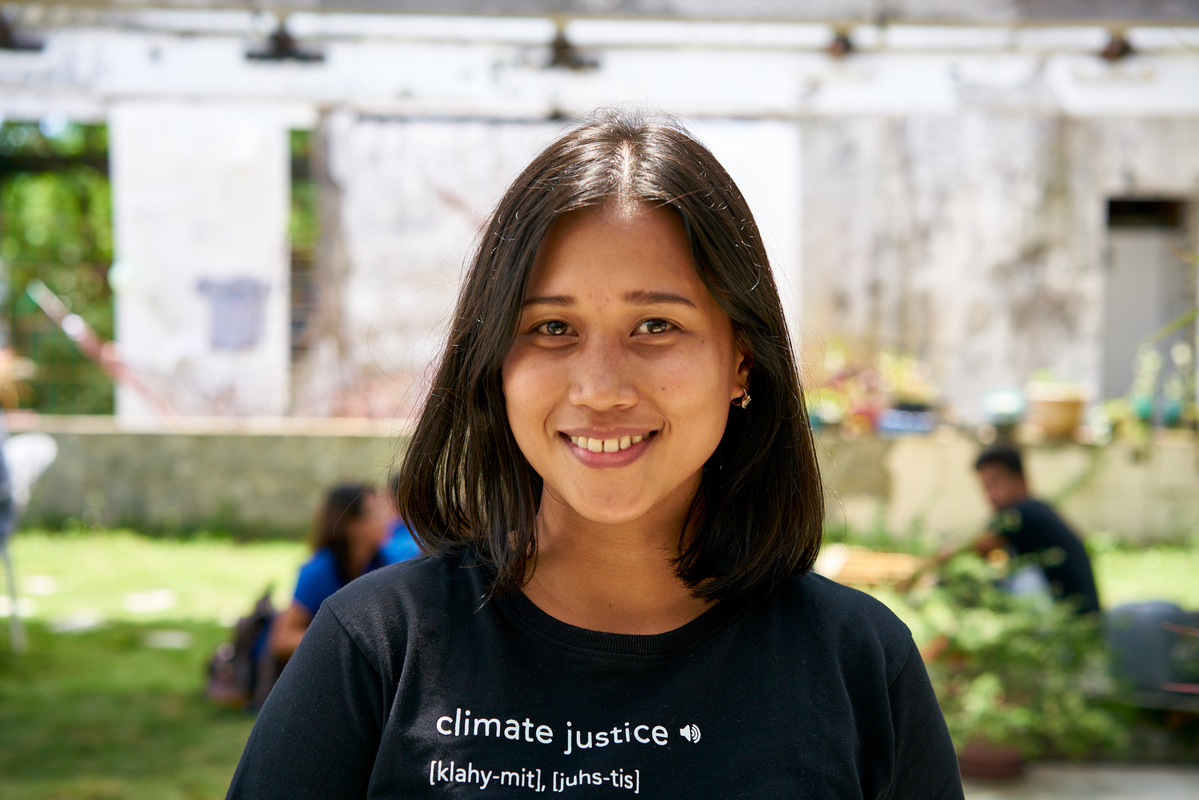
“Haiyan may have drowned me literally in water and mud, and drowned me spiritually in sorrow and heartbreak. But it was the storm that made me who I am now,” Joanna Sustento
On 8 November 2013, Joanna Sustento lost her parents, eldest brother, sister-in-law and her three year old nephew, Tarin, to super-typhoon Haiyan, which bore down on her hometown in Tacloban, Philippines. It killed over 6,000 people and affected millions more. Since then, she’s been on a path to hold the major carbon companies accountable as they knew about the impacts and danger of their business but did nothing about it.
“As a person who experienced the impact of climate change firsthand and lost everything to the storm, I would ask the major carbon companies a question: Was it worth it?”
“Lots of people in Tacloban don’t realise that we cannot just accept and adapt. How can a child go to school and build a dream if that child lives with storm after storm? Whenever the storms come, we just evacuate, and when the storm stops, we just rebuild again. Living in a safe environment is not a privilege. It’s a human right,” Joanna explains.
Haiyan was an eye opener for Joanna.
“The most important things in life for me are family, relationships, and values. I learned to let go of material possessions because of Haiyan”.
Now, Joanna takes part in leading community mobilisations and other activities with female leaders fighting for climate justice. For her, it is not just a task or a job to achieve – it’s personal.
“My family is involved. I have a close and strong relationship with the work that I do. I’m honored to be part of a fantastic group of inspiring women. Eighty percent of the people who died in Haiyan were women. We should be on the frontlines fighting it! We have that license to call on corporations and governments because we are the ones who are always affected,” Joanna says.
Despite so much loss and suffering, the world is still debating that climate change is not real. But Joanna has found strength through the power of stories.
“When you hear my story, you may realise that what happened to me can happen to you. What happened here in Tacloban can happen to your city. So let’s do something about it.”
Desiree Llanos Dee – using the power of the story
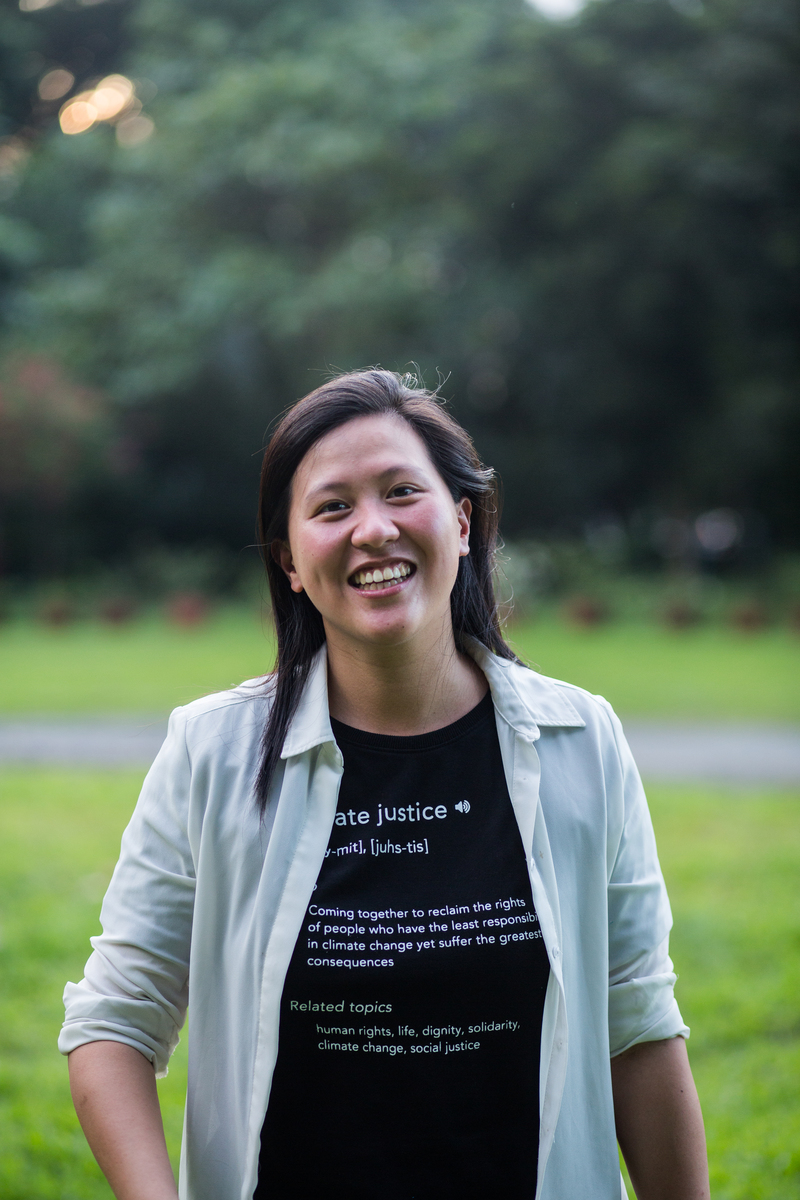
“Remember that women are half of the world. We have the power to change it,” Desiree Llanos Dee, Climate Justice Campaigner, Greenpeace Southeast Asia-Philippines
The goal for Desiree Llanos Dee, Climate Justice Campaigner of Greenpeace Southeast Asia – Philippines, is to connect the dots and build more conscious communities with more people who care. As a climate justice campaigner, she works to ensure that those affected by climate change have their voices heard and amplified, by using the power of story to drive and humanise the climate justice issue
“When we talk about stories, it is something that you can relate to. If you hear stories like Joanna’s, and you empathise with her, then it’s something that you cannot unhear. This is how you humanise the impacts of climate change,” Des says.
One of the most inspirational moments that moved her to fight against climate change was when she joined the 60-day Climate Walk pilgrimage from Rome to Paris in 2014. Thousands of environmentalists from various groups shared their stories that changed people’s lives.
“Climate justice is important because people have a hard time seeing who should be held accountable for its impacts. It’s about highlighting how people who have contributed least to the problem suffer the most. That’s why we seek justice. I think it is about waking people up to that concept and connecting the communities across the globe and reminding people why we need to fight together.”
Climate impacts know no boundaries, and neither does storytelling. Stories have become Des’ tool to connect the dots that eventually lead to collective people power to solve the climate crisis. “The climate change problem is our disconnection to what happens to people in faraway countries. But stories connect us. You can be in Brazil and I’m here in the Philippines. But if I tell a story of losing my family, It’s something you can relate to,” said Des.
Hettie Geenen – captain of the Rainbow Warrior
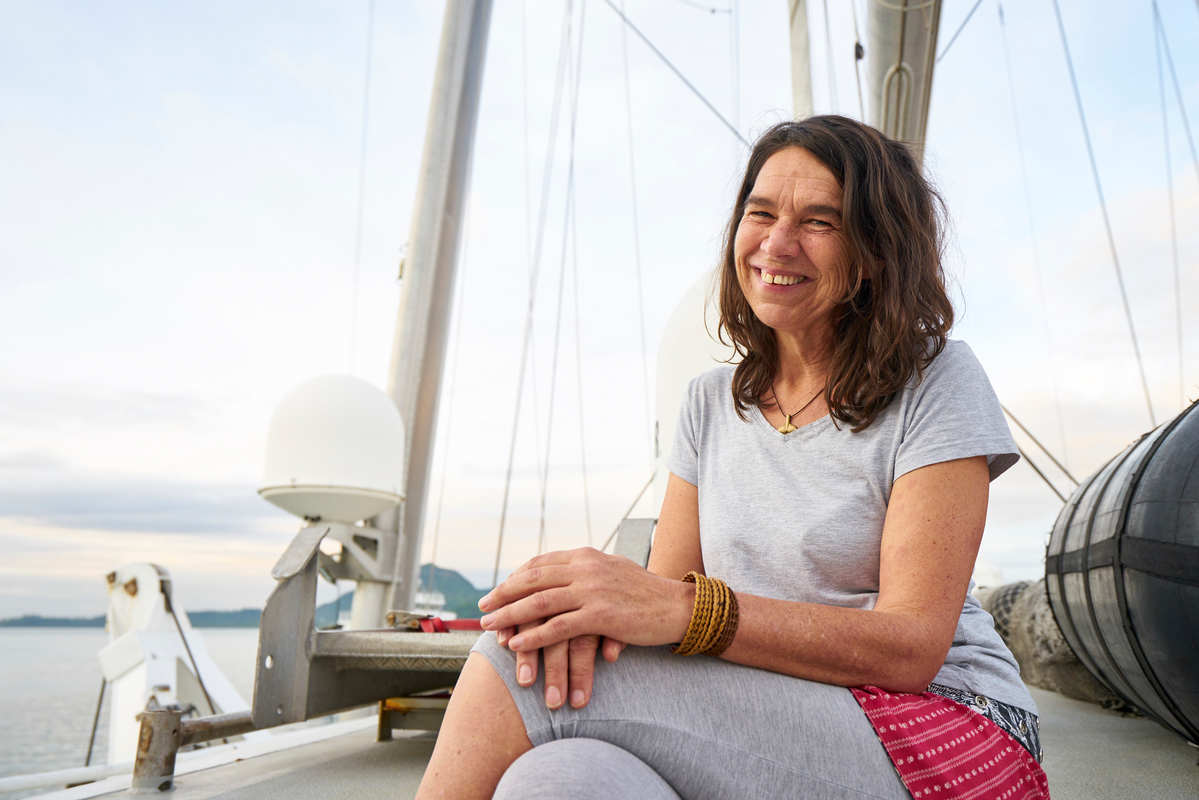
Hettie Geenen, Captain of Rainbow Warrior
Hettie started sailing at 14 years old, having always had a passion for sailing and pursuing her dream at maritime school. Before Greenpeace, she was working on tourist sailing vessels, but she quit to achieve her ultimate goal to do more for the environment.
“My first trip on a Greenpeace ship was the Toxics-Free Asia Tour in 1999/2000, which told me that this is what I really want to do, as we can be an international platform in giving the people and the planet a voice. I think I have the best job in the world!” Hettie said.
During the recent “Balangaw” climate justice ship tour of the Philippines, the ship docked in Tacloban to help amplify the community’s voice and highlight the effects of the climate crisis on the vulnerable – those who pay the highest price while contributing the least to its cause.
“One of the Rainbow Warrior’s key roles is to give an international voice to local problems. What happened with Tacloban is the worst thing that the Rainbow Warrior crew has learned. People cannot deny climate change anymore. We all have to do our part, including the governments and the big fossil fuel companies.”
Let’s all stand with the courageous women on the frontlines of the local, national and global struggles against climate change. They are fighting back by pursuing solutions. Their experience and leadership are increasingly recognised and engaged as central to climate justice and a livable future.
Rattanasiri Kittikongnapang is Digital Campaigner at Greenpeace Southeast Asia based in Thailand.
Join these women and others to support communities seeking climate justice through the power of law.

